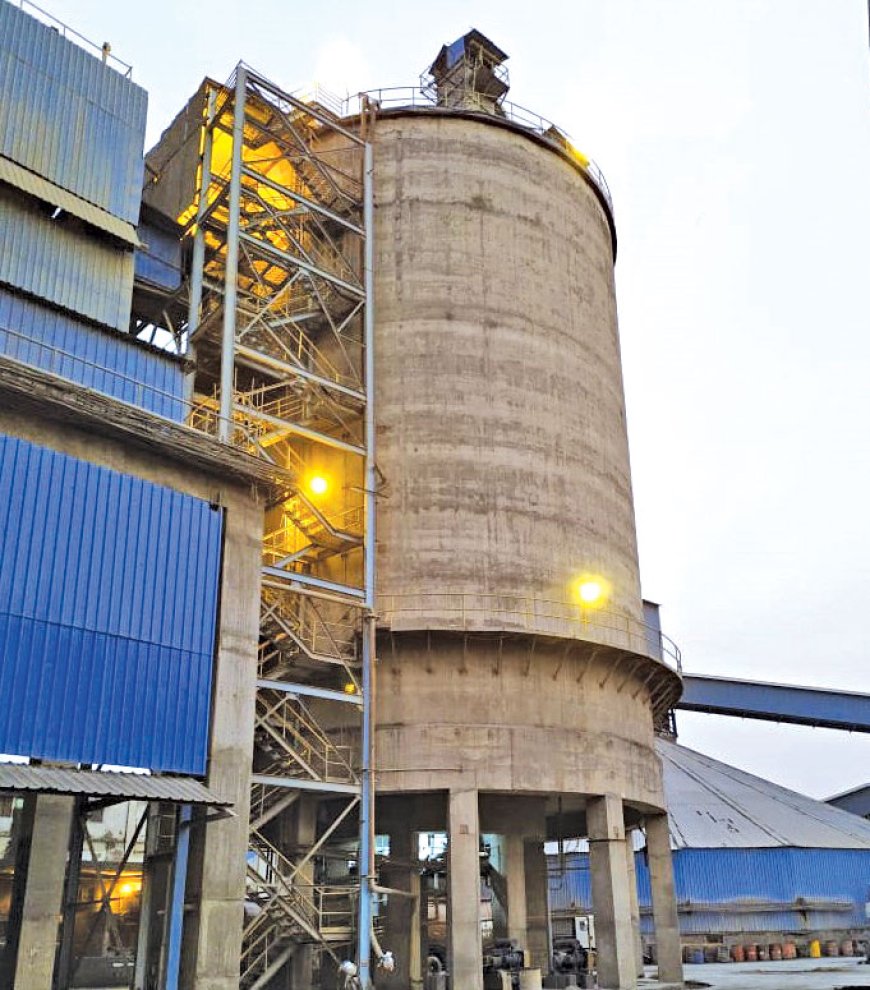We plan to make delivery to end-customers directly from manufacturing units.

Vishal Kanodia
Founder and Managing Director, Kanodia Group
How do you assess the cement demand in the current construction scenario?
According to various reports, India’s cement industry is expected to add ~80 million tons capacity by 2025. India is the second biggest producer of cement in the world after China. It has 8 per cent of the global installed capacity in cement production. The market size of the India's cement industry was 3,644.5 million tons in 2022. The industry hopes to reach 4,832.6 million tonnes by 2028 at a compound annual growth rate (CAGR) of 4.94 per cent during 2023-2028. India’s cement industry has strong linkages with other sectors, such as infrastructure, construction, housing, transportation, coal, power, steel, etc. It has a significant role in implementing various Government flagship schemes and visions like housing for all, smart cities, concrete highways, dedicated freight corridors (DFCs), clean India mission, ultra-mega power projects, waterways, etc.
What is the demand-supply scenario of cement? Which are the major demand drivers?
The PM GatiShakti plan is also a major boost for Indian cement industry. The Plan attempted to incorporate the infrastructure programs of several Ministries and state governments, such as Bharat Mala, Sagar Mala, inland waterways, dry ports, UDAN, etc. Further, economic zones, such as textile clusters, pharmaceutical clusters, defence corridors, electronic parks, industrial corridors, fisheries clusters, and agricultural zones would be included in the coverage in order to boost connectivity and make Indian enterprises more competitive. As a result, given the substantial expenditures and extensive reach of the project, the cement sector will almost certainly gain, either directly or indirectly.
It is expected that the cement production will rise by ~6-8 per cent in the fiscal years 2023 and 2024, i.e., driven by the strong demand from the India's housing sector. The housing sector alone consumes 60-65 per cent of the India total cement consumption. Also, the large investments in road and highway projects of the Government will play a key role in boosting the demand for cement.

How is sustainability and green initiatives gaining pace in cement industry? What are your major contributions to this?
We have taken various green initiatives in our cement manufacturing and marketing business. Our 100% production is PPC cement which consume fly ash, by-product of thermal power unit. We are very fast shifting of our power requirement from fossil energy to green energy through solar power.
Kanodia Group through its newest venture Easy Build – Complete Building Solution, has taken steps towards reducing carbon footprint in various ways which ultimately will positively contribute towards addressing the climate change concern.
Easy Build is a Phygital platform, where customers/end-users are able to explore, virtually visualise anything and everything needed for building their dream home and finally conclude a purchase through a marketplace, meta averse or experience centre.
In existing market operating system, products get dispatched from manufacturing unit to company warehouse, from company warehouse to distributor point, from distributor point to company stockist, stockist point to retailer point and finally retailer point to end consumer. Easy Build platform disintermediates the logistic value chain to bring the materials directly to the customer’s construction site from brand appointed fulfilment points. This helps save on multiple legs of transportation; thus, helping save fossil fuel culminating in economisation of the overall carbon footprint in this value chain.
On average, we have estimated a proposed monthly savings of around 112,000 km of transportation, through the above process, for each of our catchment areas. This amounts to around a yearly savings of 336,000 litres of fossil fuel. Extrapolating this to our overall business projections, we will make a saving of 336 lakh litres per year. This translates into carbon footprint reduction of the tune of 90K million tons.
Going beyond, we plan to make delivery to end customers directly from manufacturing units; thus, resulting in further reduction in carbon footprint within the Home Building Material value chain. We are also planning to introduce EVs in our transportation; starting with bikes and rickshaws and further moving to bigger transport vehicles as the EV ecosystem matures.

How do you visualise the cement and concrete market in the next five years? What are your future plans?
The cement and construction industry is very futuristic. The industry will more consolidate in the next 2-3 years. As per media reports, approx. 80 million tons capacity will be acquired by major players like Ultratech, Adani, Shree and Dalmia Bharat Group. The per capita consumption at present of 310 kg is expected to increase 434 kg by 2030. The demand of cement consumption is also growth rate of CAGR is more than 6.6 percent. Looking at the optimistic scenario of cement and construction industry, Kanodia Cement is also going to increase the cement grinding capacity by installing 5 million tons per annum with two plants in the state of UP. Due to increasing role of clean energy, the fuel and power cost will reduce. Consolidation of industry also reduces the operating cost. The future of the cement industry is likely to be shaped by several key trends and factors like sustainability and carbon reduction, digitalisation and automation, circular economy and waste utilisation, infrastructure development and urbanisation, advanced construction techniques and changing market dynamics and regional variations.







